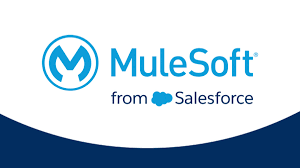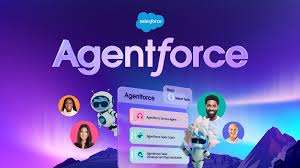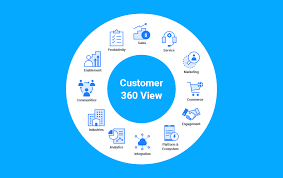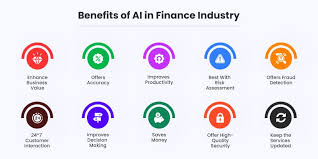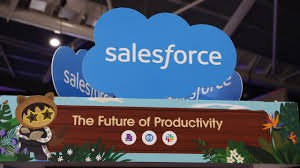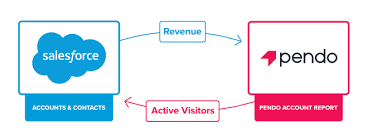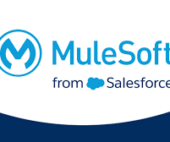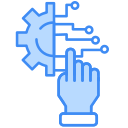MuleSoft Empowering AI Agents
Empowering AI Agents with Real-Time Data: MuleSoft’s Full Lifecycle AsyncAPI Support MuleSoft has officially launched full lifecycle AsyncAPI support, providing organizations with the tools to connect real-time data to AI agents via event-driven architectures (EDAs). This integration empowers businesses to deploy AI agents that can autonomously act on dynamic, real-time events across various operations. MuleSoft Empowering AI Agents. AI Agents in Action with AsyncAPI The integration of Agentforce, Salesforce’s AI agent suite, with AsyncAPI takes automation to a new level. By utilizing real-time data streams, businesses can create AI agents capable of immediate, autonomous decision-making. Why AsyncAPI Matters Event-driven architectures are critical for real-time data processing, yet 43% of IT leaders struggle to integrate existing systems with their EDAs. AsyncAPI provides a scalable, standardized way to connect applications and AI agents, overcoming these challenges. Key Features of MuleSoft’s AsyncAPI Support Why It’s a Game-Changer for AI Agents AsyncAPI integration enables AI agents to function asynchronously within EDAs, meaning they can process tasks without waiting for updates. For example: Driving Innovation Across Industries Organizations in sectors like retail, IT, and financial services can leverage these capabilities: Expert Insights Andrew Comstock, VP of Product, Integration at Salesforce:“AI is reshaping how we think about modern architectures, but connectivity remains foundational. By supporting AsyncAPI, we’re empowering businesses to build event-driven, autonomous systems on a flexible and robust platform.” Maksim Kogan, Solution Architect, OBI Group Holding:“Integrating AsyncAPI into Anypoint Platform simplifies the developer experience and increases resilience, enabling real-time services that directly enhance customer satisfaction.” Availability MuleSoft’s full lifecycle AsyncAPI support is now available via the Anypoint Platform, with compatibility for Kafka, Solace, Anypoint MQ, and Salesforce Platform Events. Tools like Anypoint Code Builder and Anypoint Exchange further streamline the development process. MuleSoft Empowering AI Agents With full AsyncAPI support, MuleSoft unlocks the potential for AI agents to operate seamlessly within real-time event-driven systems. From improving customer experiences to enhancing operational efficiency, this innovation positions businesses to thrive in today’s fast-paced digital landscape. Learn more about empowering your AI agents with MuleSoft’s AsyncAPI capabilities today. Like Related Posts Salesforce OEM AppExchange Expanding its reach beyond CRM, Salesforce.com has launched a new service called AppExchange OEM Edition, aimed at non-CRM service providers. Read more The Salesforce Story In Marc Benioff’s own words How did salesforce.com grow from a start up in a rented apartment into the world’s Read more Salesforce Jigsaw Salesforce.com, a prominent figure in cloud computing, has finalized a deal to acquire Jigsaw, a wiki-style business contact database, for Read more Service Cloud with AI-Driven Intelligence Salesforce Enhances Service Cloud with AI-Driven Intelligence Engine Data science and analytics are rapidly becoming standard features in enterprise applications, Read more

